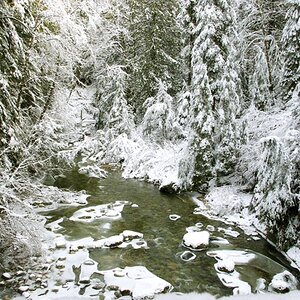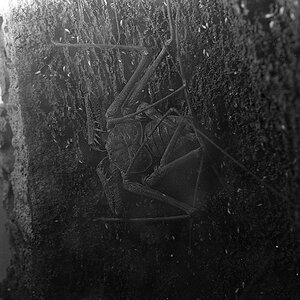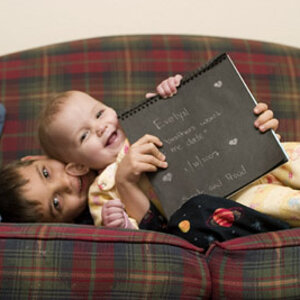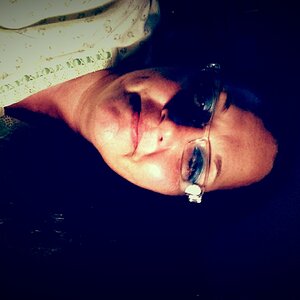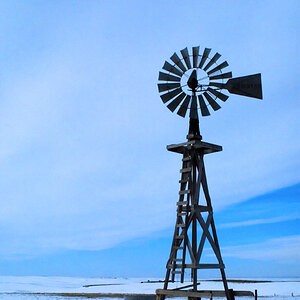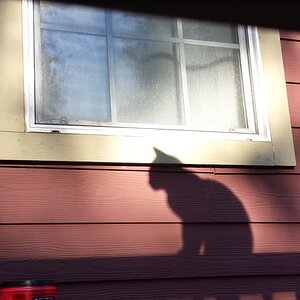Bob Peters 61
TPF Noob!
- Joined
- May 27, 2017
- Messages
- 24
- Reaction score
- 7
- Location
- Nashville, TN
- Website
- www.bobpeters61.com
- Can others edit my Photos
- Photos NOT OK to edit
As part of my eclipse planning, I checked on some night sky pictures I had in my computer from my Olympus Pen-Lite EPL 6 compact mirrorless using its kit lens, looking to gleen exposure information from the EXIF data. The least blown out moon with visible stars showing had the following settings: f-5.6, exposure time 2 sec., ISO 200, exposure bias +2 steps, shutter priority.
I plan to shoot 800 film in my 35mm through an f-8 Tmount lens, so two stops faster for the ISO and one stop slower for the aperture brings me to a 1 second shutter speed to which to bracket during totality. However, I don't know whether that 2 step exposure bias was applied before the exposure settings listed or if it was adjusted to two stops slower than those settings.
How does that bias work in the EXIF data?
I plan to shoot 800 film in my 35mm through an f-8 Tmount lens, so two stops faster for the ISO and one stop slower for the aperture brings me to a 1 second shutter speed to which to bracket during totality. However, I don't know whether that 2 step exposure bias was applied before the exposure settings listed or if it was adjusted to two stops slower than those settings.
How does that bias work in the EXIF data?




![[No title]](/data/xfmg/thumbnail/38/38263-ad5e4c9e677626ddb5b1e7cdf9ebe40e.jpg?1619738548)

